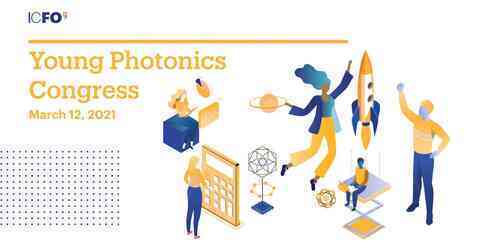
El Young Photonics Congress es un congreso científico protagonizado por estudiantes de ESO y bachillerato que presentan sus proyectos de investigación.
¡Descubre el mundo de la fotónica con las charlas flash sobre la investigación que se hace en ICFO y con los proyectos de investigación de jóvenes científicos y científicas!
PROGRAMA
12 de marzo de 2021 – en línea
charlas flash
Haz clic en el + para más informaciones
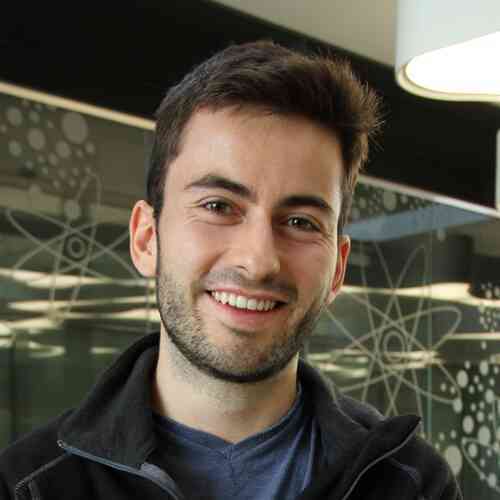
Javier Argüello Luengo
Javier Argüello Luengo se graduó en Física y Matemáticas en la Universidad Complutense de Madrid (UCM) para seguir luego con sus estudios de postgrado en el Max Planck Institute for Quantum Optics (Garching, Germany) y en el Perimeter Institute for Theoretical Physics (Waterloo, Canada). Es actualmente un PhD fellow «La Caixa» en el grupo de teoría de nanofotónica cuántica de ICFO, dirigido por el Prof. Darrick Chang. Su investigación se concentra en elaborar propuestas experimentales para generar interacciones fuertes entre luz y materia, y sus aplicaciones para simulaciones cuánticas analógicas. Colabora con el equipo de outreach de ICFO y la asociación de estudiantes QuinteScience.
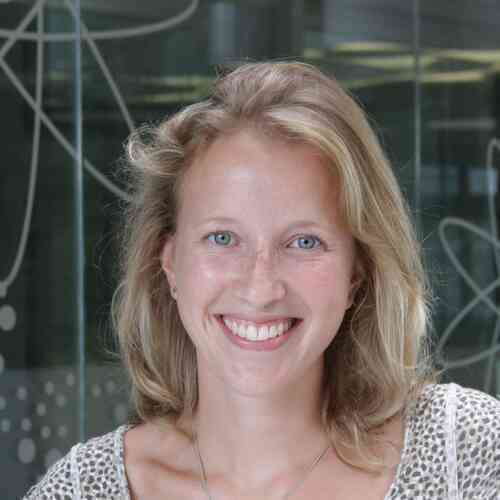
LisA Saemisch
Lisa Saemisch empezó a estudiar física en Alemania hace más de 10 años y se mudó a Barcelona en el 2014 para realizar una estancia en ICFO, donde desarrolló un sistema de imagen para un experimento chulísimo sobre gases cuánticos. La fantástica comunidad de ICFO, las muchas horas de sol, el mar, Barcelona y la cultura local hicieron que se quedara, continuando sus estudios con un Máster y un doctorado en ICFO en el grupo de nanofotónica molecular. Actualmente está investigando la interacción entre grupos de moléculas individuales y diferentes antenas muy pequeñas. Leerá su tesis en menos de dos meses para obtener su doctorado.
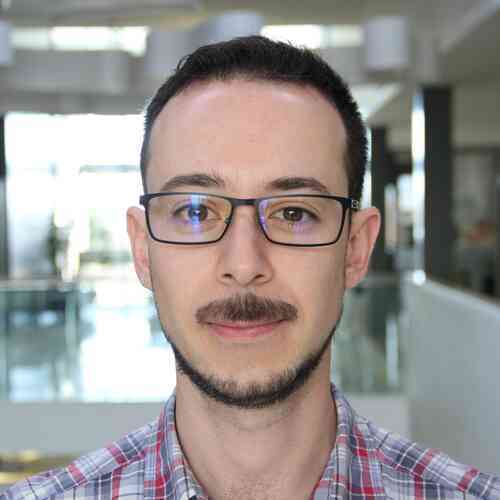
Guillermo Gerling
Guillermo Gerling estudió ingeniería química y, tras unos años de trabajar en la industria, decidió especializarse en energías renovables y hacer un doctorado en energía solar fotovoltaica. Desde el 2018 trabaja como investigador en ICFO, desarrollando celdas solares transparentes para su aplicación en ventanas y fachadas de edificios.
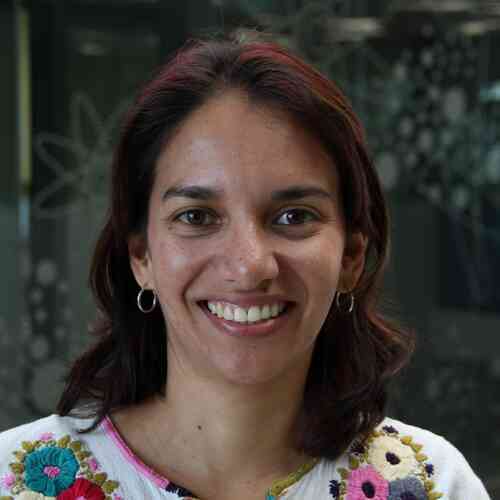
Claudia Valdés
Claudia P. Valdés estudió física en Colombia donde continuó con un máster en el área de óptica. Entre el 2011 y el 2014, realizó su doctorado en el grupo de óptica médica de ICFO , desarrollando una técnica para obtener imágenes con láser del flujo sanguíneo. Regresó a Colombia donde alternó su trabajo como especialista en imágenes de microscopía en una empresa y un proyecto de investigación en óptica médica. En 2019, regresó a ICFO como investigadora del grupo de microscopía óptica de super-resolución y nanoscopía, para participar en el desarrollo de un instrumento para obtener imágenes en alta resolución de la retina .
PROyECToS
Haz clic en el + para más informaciones (todos los resúmenes están en inglés)

Josep Amigó - En la recerca de la llum
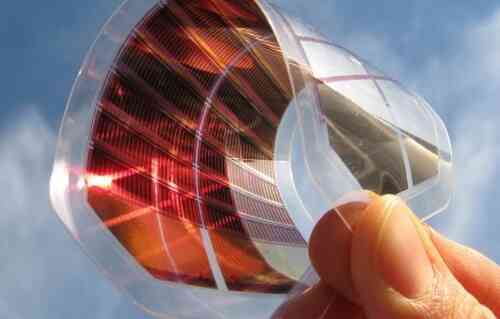
Gina Arnau Torner - The future possibilities of solar cells
Escola Frederic Mistral – Tècnic Eulàlia – Barcelona (2 Bat)
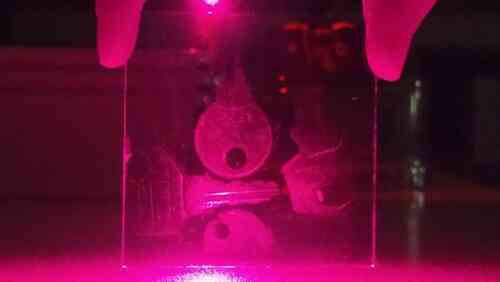
Júlia Yong Bausà Dewald - Estudi de la llum. Una aproximació de la Teoria Ondulatòria
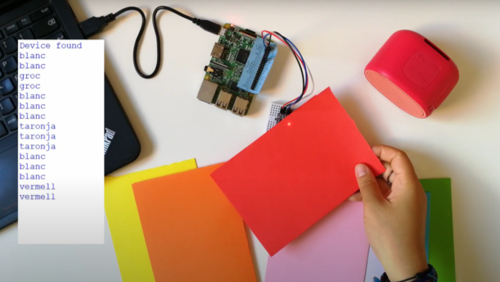
Maria Jie Bolós Gago - Escoltant els colors
Escola Virolai – Barcelona (2 Bat)
Tutor: José Luis Touron
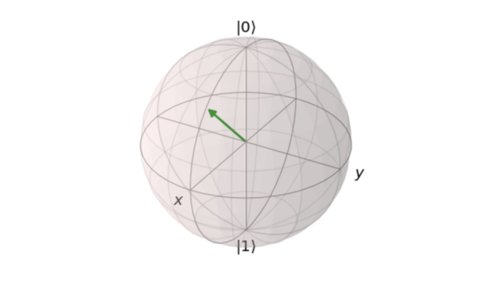
Carla Caro Villanova - Quantum annealing: an insight into its current potential
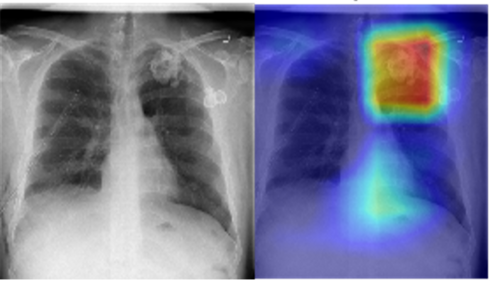
marta díez asensio - Creació d’una xarxa neuronal artificial per a la detecció de quatre malalties pulmonars
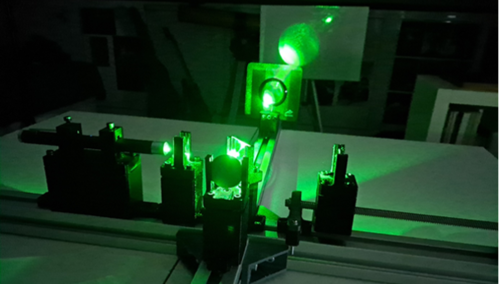
Ariadna García Zaera - Build your own Michelson Interferometer
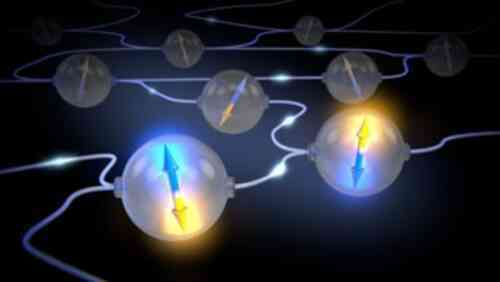
Albert Jiménez Isábal - Quantum cryptography at the service of the citizens
-
Bias in the selection of bases
-
Initial number of qubits
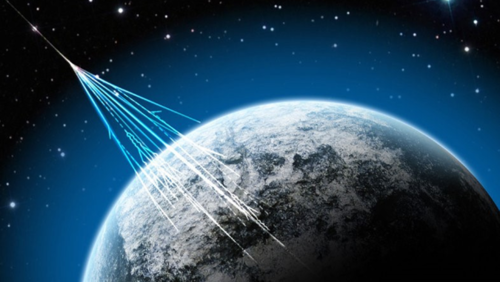
Marc López Alonso - Evidències experimentals de la relativitat

Oriol Morros Vilaseca i Alejandro Nuñez Navarro - BK-SHOOTS
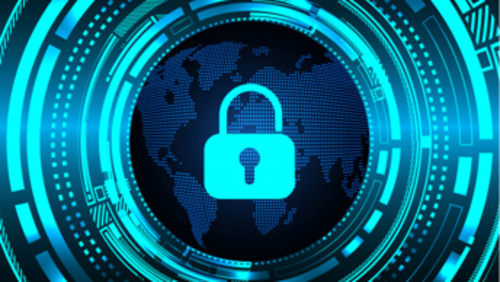
Marçal Muñoz Salat - Criptografia
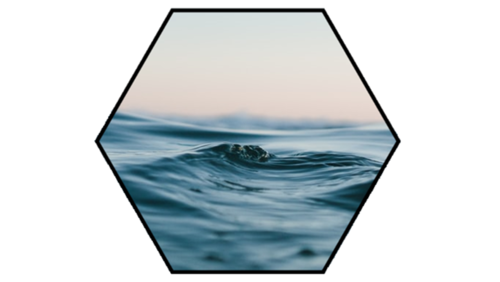
Leonel Fernando Nabaza Ruibal - El potencial del grafè per a la dessalinització de l’aigua de mar
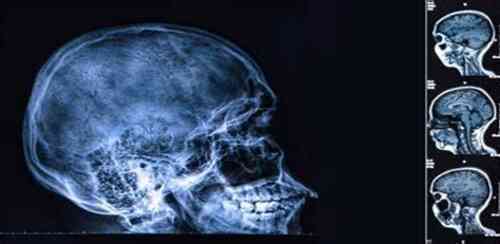
Daniel Rodríguez Ruiz - La física te puede curar

Marc Silvestre i Claros - Computació quàntica
Esta actividad está cofinanciada por el Fondo Europeo de Desarrollo Regional (FEDER) de la Unión europea, en el marco del Programa operativo FEDER de Catalunya 2014-2020, con el soporte de la Secretaria d’Universitats i Recerca del Departament d’Empresa i Coneixement de la Generalitat de Catalunya para los clústers de tecnologías emergentes con el objetivo de valorización y transferencia de resultados (Proyectos GraphCAT 001-P-001702 y QuantumCAT 001-P-001644)


